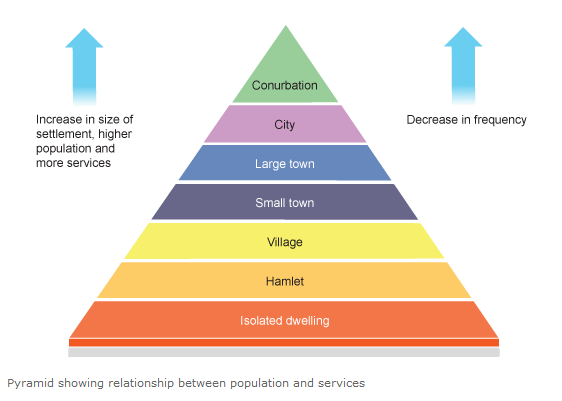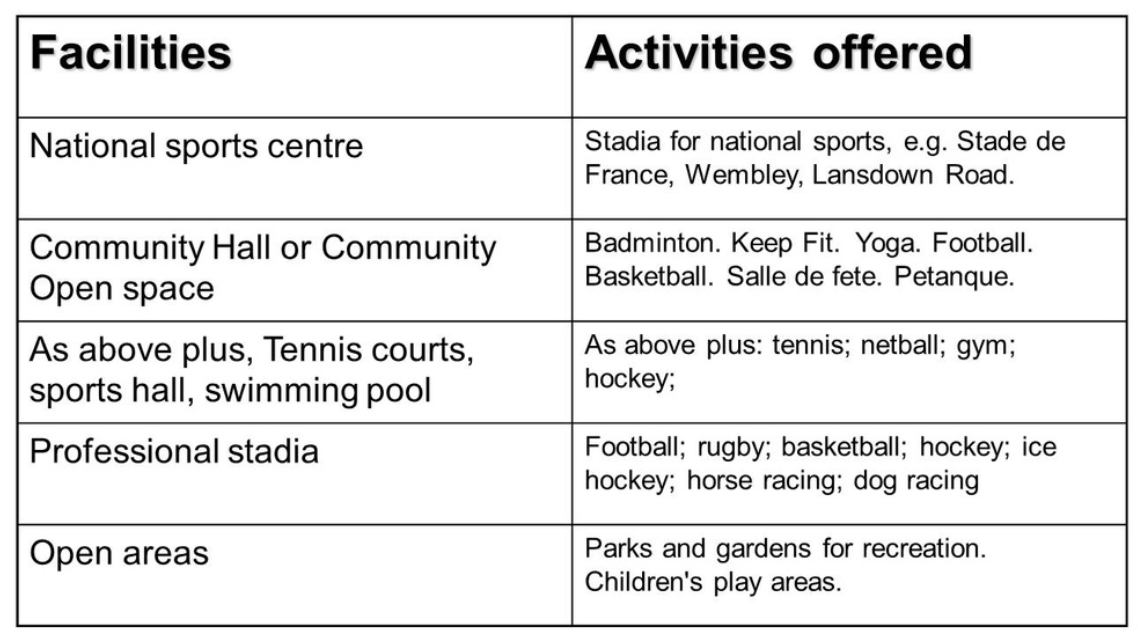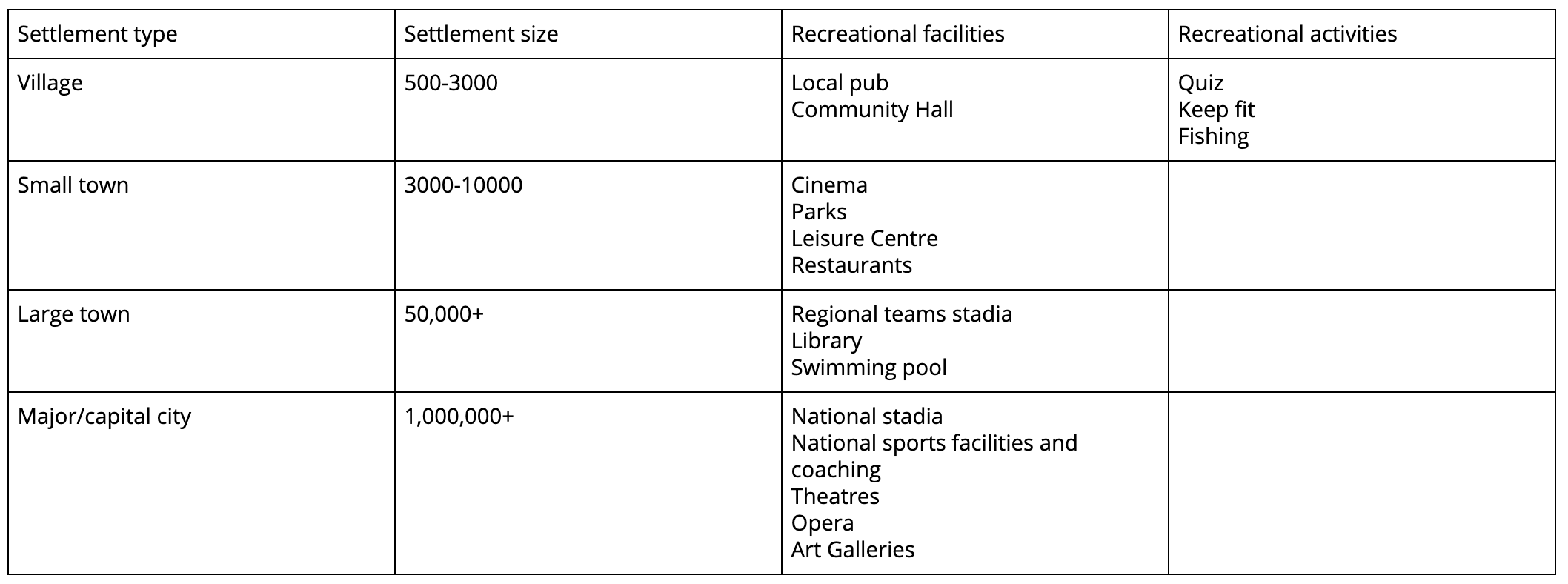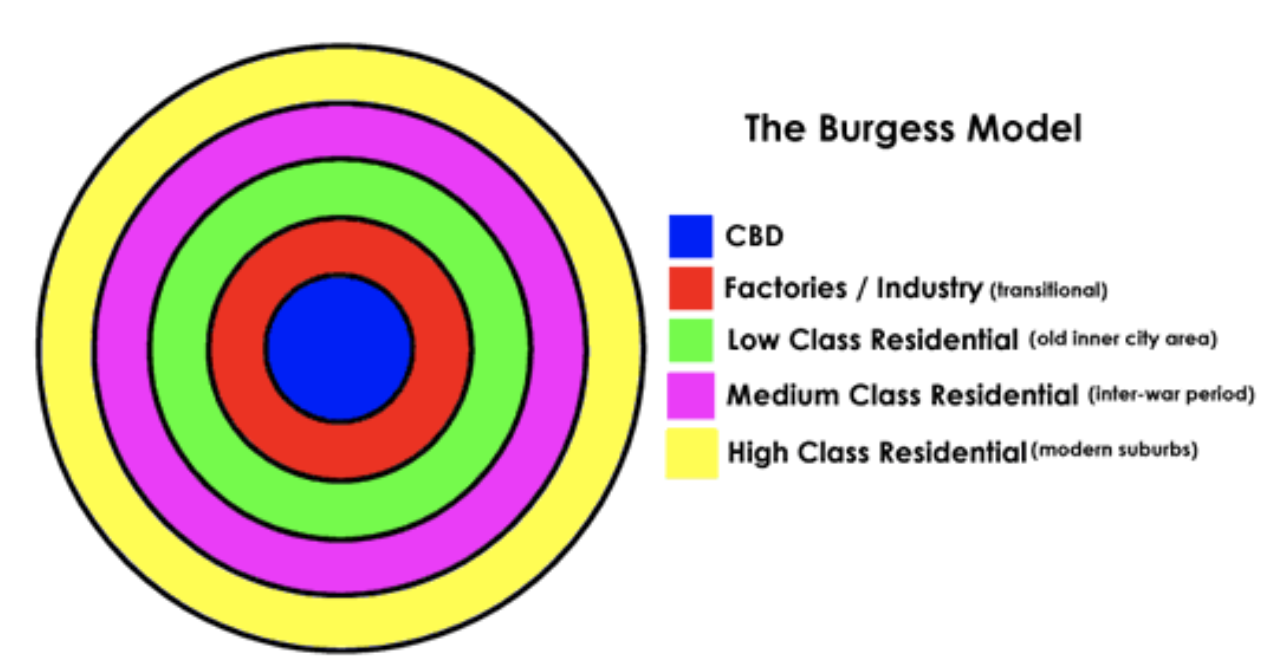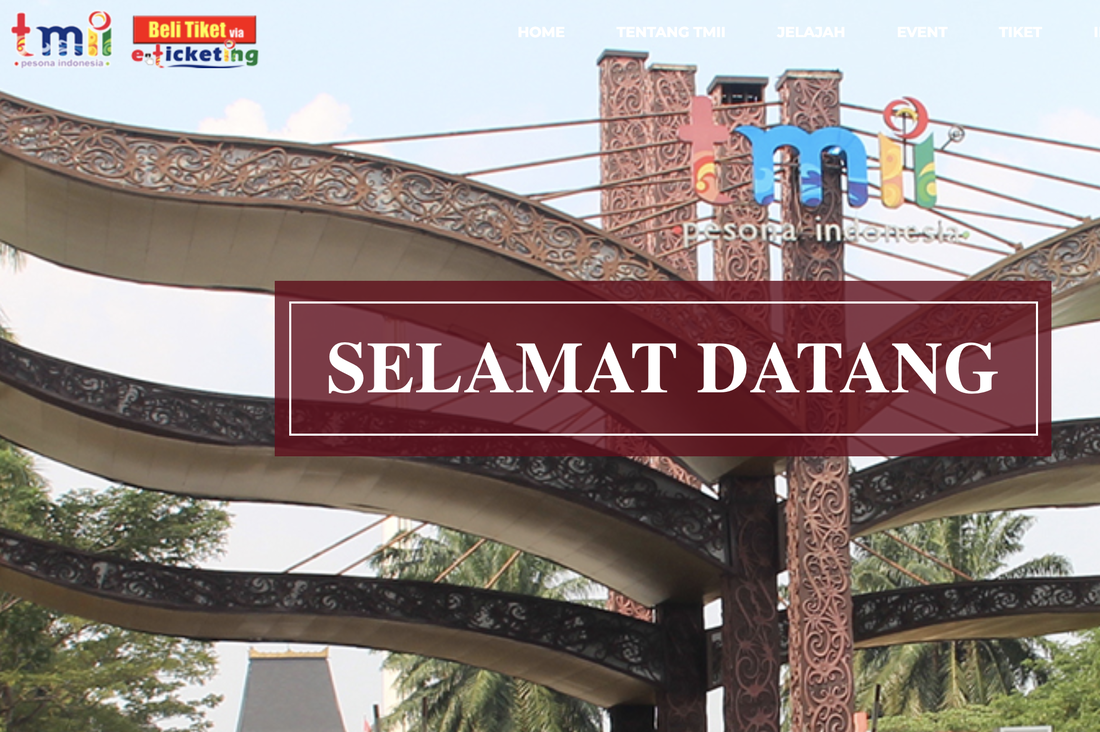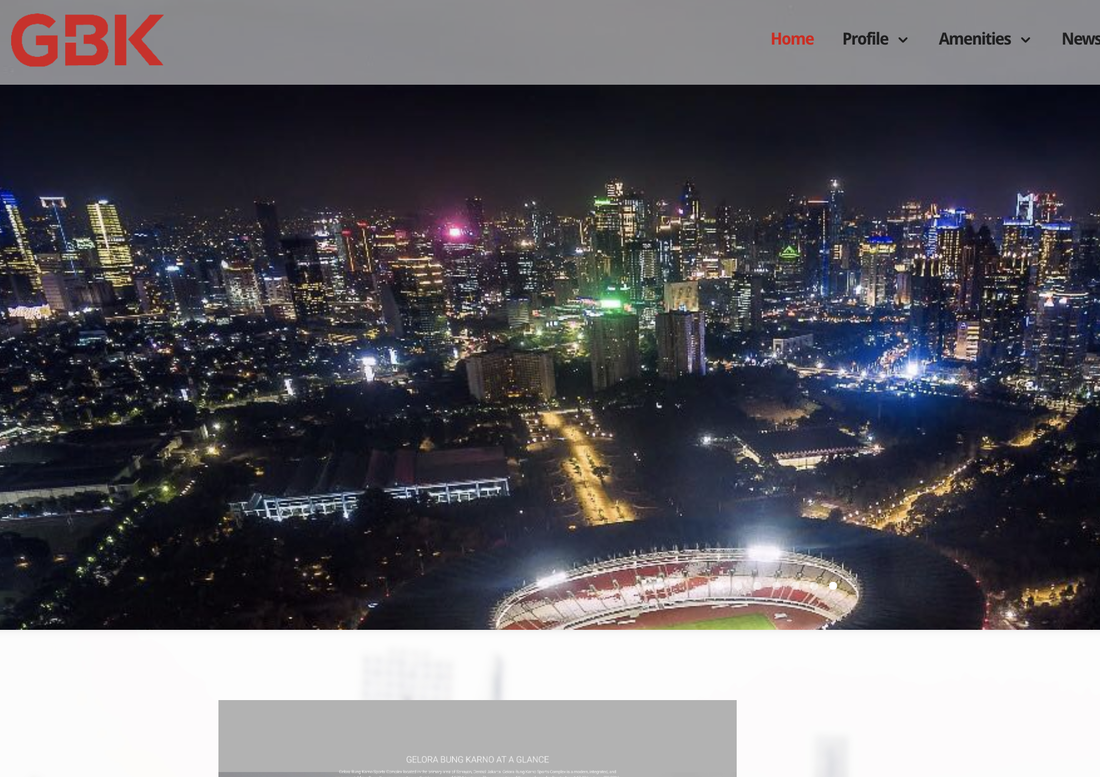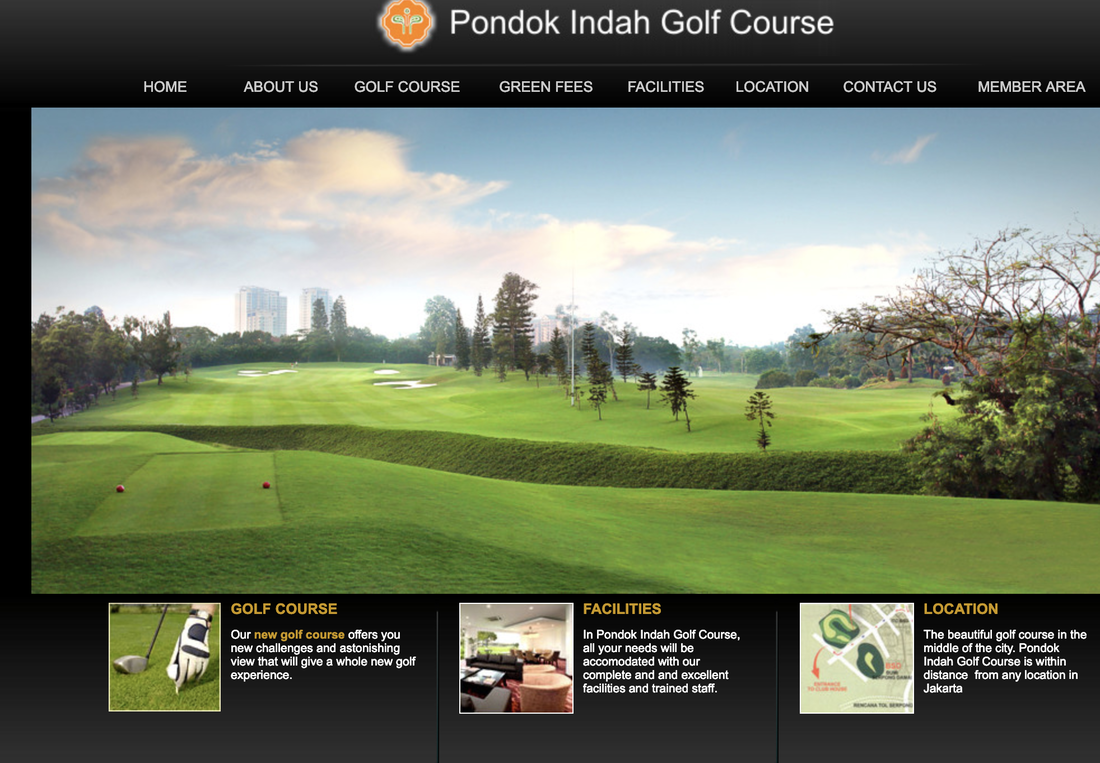-
MYP
- Home
-
IGCSE
- Course information
-
Physical: Hazardous environments
>
- Distribution of tectonic hazards
- Causes of tsunami
- Measuring earthquakes
- Earthquake case study 1: Haiti
- Earthquake case study 2: Christchurch
- Why do earthquakes do more damage in LICs than in HICs?
- How are volcanic eruptions measured?
- Tropical storms - distribution
- Causes of tropical cyclones
- Tropical cyclones - case study
- Why live in hazardous areas?
-
River Environments
>
- Hydrological cycle
- River basins
- Factors affecting river regimes
- Fluvial processes: erosion
- Fluvial processes: weathering and mass movement
- Fluvial processes: transportation and depositon
- River features and their formation
- How rivers change from source to mouth
- Uses of water
- Water pollution
- Water supply
-
IBDP
-
Changing population
>
- Global patterns of economic development
- Physical and human factors affecting global population distribution
- Case study 1: China
- Case study 2: Niger
- Demographic transition
- Megacity growth
- Forced migration and internal displacement
- Ageing populations
- Pro-natalist and anti-natalist policies
- Gender equality policies
- Trafficking policies
- The Demographic Dividend
-
Global climate vulnerability and resilience
>
- Atmospheric system
- The energy balance
- Changes in the energy balance
- The enhanced greenhouse effect
- Climate Change and the Hydrosphere, Atmosphere and Biosphere
- Impacts of climate change on people and places
- Disparities in exposure to climate change risk and vulnerability
- Government-led adaptation and mitigation strategies
- Civil society and corporate strategies
-
Global resource consumption and security
>
- Progress towards poverty reduction
- Measuring trends in global consumption
- Global patterns and trends in the availability and consumption of water
- Global patterns and trends in the availability and consumption of land/food
- Global patterns and trends in the availability and consumption of energy
- Water food and energy nexus
- Recycling and waste
- Malthus vs Boserup
- Resource Stewardship strategies
- Sustainable Development Goals
-
Freshwater - drainage basins
>
- The drainage basin as a system
- How rivers change from source to mouth
- River discharge
- River processes
- River landforms
- Factors affecting flood risk
- Attempts at flood prediction
- Flood mitigation
- Flood mitigation case studies
- Water scarcity
- Agricultural activities and water quality
- Pressures on lakes and aquifers
- Internationally shared water and conflict
- Water management: participation of local communities
- Dams as multi-purpose schemes
- Water management: Integrated Drainage Basin Management (IDBM)
- Managing wetlands
-
Leisure, Sport and Tourism
>
- Growth and purpose of leisure time
- Categories of tourism and sport
- Economic development and participation
- Factors affecting personal participation
- Factors affecting growth of tourism hotspots
- Spheres of influencee
- Factors affecting a national sports league
- Festivals
- Niche national tourism strategies
- Role of TNCs
- Tourism as a national development strategy
- International sporting events
- Consequences of unsustainable growth
- Sustainable tourism
- Future international tourism
- Political and cultural influences on sport
- Extended Essay in Geography >
- Skills/concepts >
-
Changing population
>
- Geography and ToK
- Theory of Knowledge
Study Guide
Variations in sphere of influence for different kinds of sporting and touristic facility, including neighbourhood parks and gyms, city stadiums and national parks.
Settlement hierarchies and leisure hierarchies
|
Settlement hierarchies can be found globally and are simply the ordering of settlements by size and importance. Any given location will tend to have a greater number of smaller settlements (villages and small towns) and a smaller number of large urban centres.
Larger settlements have larger populations and people will travel to them to use their services. This means that larger urban centres can usually sustain higher order services. This pattern is true for sporting and touristic services where a region will tend to have a larger number of smaller services such as neighbourhood parks or gyms and a smaller number of national parks, major stadiums and national parks. |
|
Study the leisure/touristic facilities in the table.
|
The leisure hierarchy has a strong correlation with settlement hierarchy. Settlement hierarchy is usually measured by three variables:
Normally the higher up the urban hierarchy a settlement is, the greater the variety (range) and number of leisure, sport and tourist activities and facilities.
For example, village may only have a community hall and football pitch offering basic leisure activities like:
However, there are factors which might mean that a settlement has more leisure/tourist facilities than you would expect. These might include:
- Population size
- Range and number of services
- Sphere of influence
Normally the higher up the urban hierarchy a settlement is, the greater the variety (range) and number of leisure, sport and tourist activities and facilities.
For example, village may only have a community hall and football pitch offering basic leisure activities like:
- Bingo
- Football
- Yoga
- Youth club
- Badminton
However, there are factors which might mean that a settlement has more leisure/tourist facilities than you would expect. These might include:
- Level of development
- Location (near the coast or a National Park)
- Accessibility (airport, roads, railway)
- History (historical buildings or events)
- Advertising and recognition
- Weather
- Events e.g. Olympics, Rugby World Cup.
Key terms
Hierarchy: Placing things in an order of importance.
Threshold population: The minimum population required for a service to be offered.
Sphere of influence: The area that people travel from to use a service.
Intra-urban: Urban means a settlement of over 10,000 people, intra means within. Therefore, intra-urban means within an urban area.
Rural-urban fringe: The boundary between the urban area and the rural area.
TBD or RBD (Tourist or Recreational Business District): The main centre of tourist activities and facilities within an urban area.
Threshold population: The minimum population required for a service to be offered.
Sphere of influence: The area that people travel from to use a service.
Intra-urban: Urban means a settlement of over 10,000 people, intra means within. Therefore, intra-urban means within an urban area.
Rural-urban fringe: The boundary between the urban area and the rural area.
TBD or RBD (Tourist or Recreational Business District): The main centre of tourist activities and facilities within an urban area.
Sport and leisure hierarchies
- Open the doc below and form teams to discuss and complete the table.
- Now discuss how leisure hierarchies might exist within a city. What is the difference between local leisure resources and facilities which serve the entire city and its surrounds? Give concrete examples of this.
Rural-urban fringe: The boundary between the urban and rural area may contain parks, hotels, shopping centres, golf courses, stadiums
Urban area: The built up area, anywhere with a population of over 10,000 people is considered to be urban.
Rural area: Everywhere outside the urban area, the countryside. Rural areas may contain small settlements like villages and hamlets and leisure facilities like national parks, lakes, canopy tours, farms, country homes, etc.
Urban area: The built up area, anywhere with a population of over 10,000 people is considered to be urban.
Rural area: Everywhere outside the urban area, the countryside. Rural areas may contain small settlements like villages and hamlets and leisure facilities like national parks, lakes, canopy tours, farms, country homes, etc.
Spheres of influence and the sport and leisure hierarchy in Jakarta
Choose three contrasting leisure or tourist facilities from those below:
- How large is its sphere of influence (local, city-wide, national?). Explain why.
- How many of this type of facility are found in the city? Why is this the case?
- Why would people be either willing or unwilling to travel a long way to reach this place?
